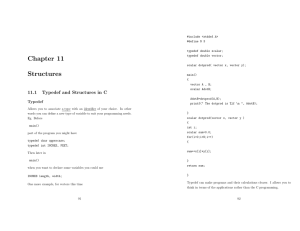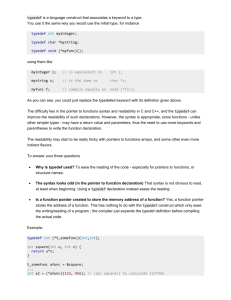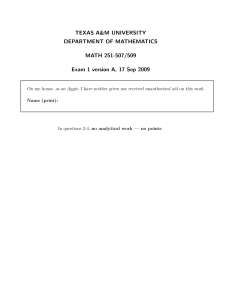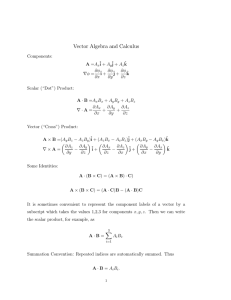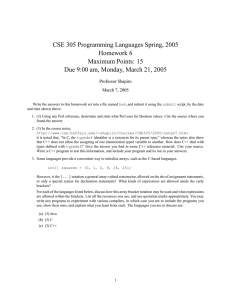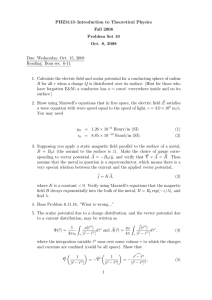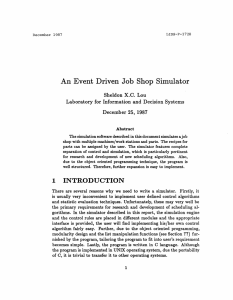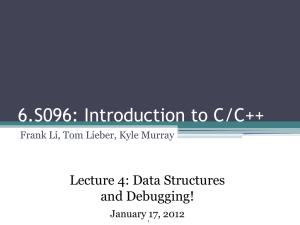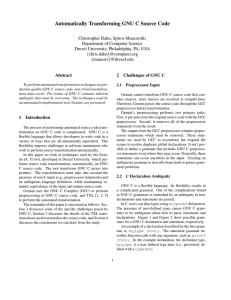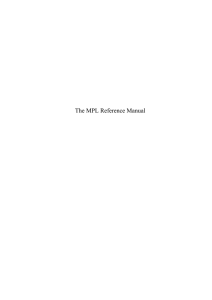Typedef and Structures in C
advertisement
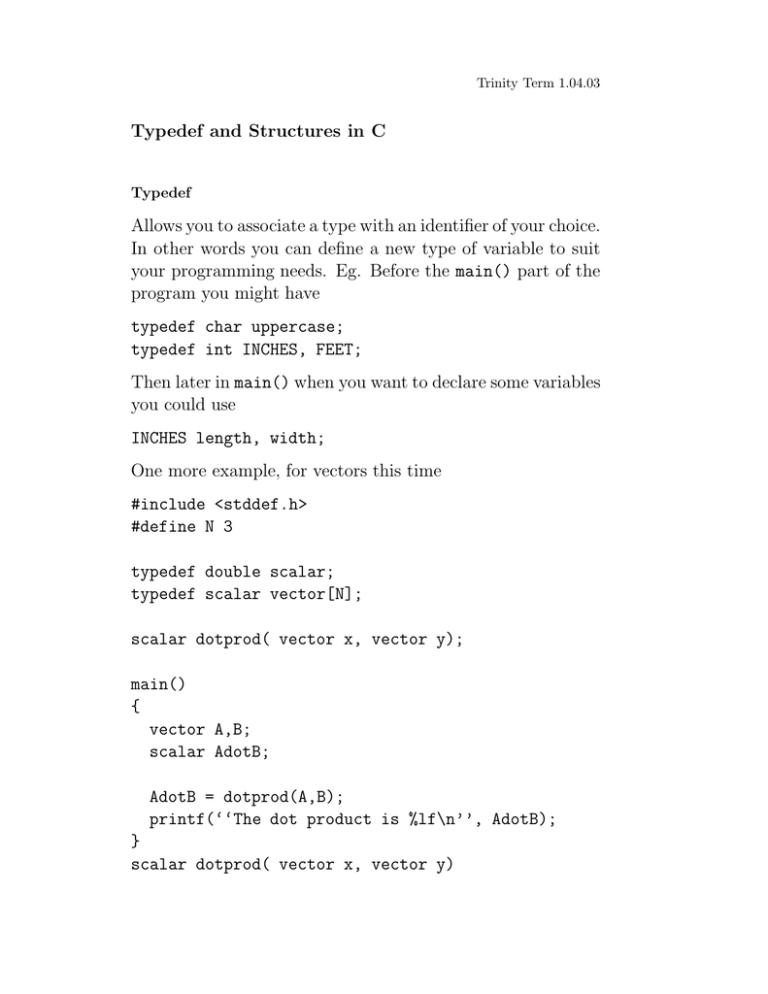
Trinity Term 1.04.03
Typedef and Structures in C
Typedef
Allows you to associate a type with an identifier of your choice.
In other words you can define a new type of variable to suit
your programming needs. Eg. Before the main() part of the
program you might have
typedef char uppercase;
typedef int INCHES, FEET;
Then later in main() when you want to declare some variables
you could use
INCHES length, width;
One more example, for vectors this time
#include <stddef.h>
#define N 3
typedef double scalar;
typedef scalar vector[N];
scalar dotprod( vector x, vector y);
main()
{
vector A,B;
scalar AdotB;
AdotB = dotprod(A,B);
printf(‘‘The dot product is %lf\n’’, AdotB);
}
scalar dotprod( vector x, vector y)
{
int i;
scalar sum = 0.0;
for (i=0; i<N; i++)
{
sum += x[i]*y[i];
}
return sum;
}
Typedef can make programs and their calculations clearer! It
allows you to think in terms of the applications rather than
the C programming.
Structures
Extend C from fundamental to derived types. This is useful
for data which is fully described by variables of different types.
Easy example: A deck of cards. Each card is characterised
by its suit (a character string) and its numerical value (an
integer). It would be nice if we could invent a new variable
type which contained both pieces of information - for writing
a C program to play poker ....
More scientific examples include
• from maths: complex numbers which have a real and
imaginary part
• from stellar dynamics: planetary classifications which for
each planet contain the name (char), diameter (double),
distance from the sun (double) etc.
• from geography: for a location (char) storing its latitude
and longitude (doubles or ints)
Going back to cards. The suit and numeric value can’t be
stored in an array as they are different types. Structures have
components called members which can be of different types.
Eg
struct card {
int numeric_value;
char suit;
};
This defines a new type called card. Put this definition with
other #define commands ie before main(). Use card like
int, double etc. to define as many variables of type card as
you like. A shortcut is
struct card {
int numeric_value;
char suit;
}c1,c2;
Now c1 and c2 are of type card. These are derived data-types.
Combining typedef and structures allows
typedef struct {
float re;
float im;
}complex;
This defines a new variable type called complex and it’s a
stucture with members labelled re and im.
